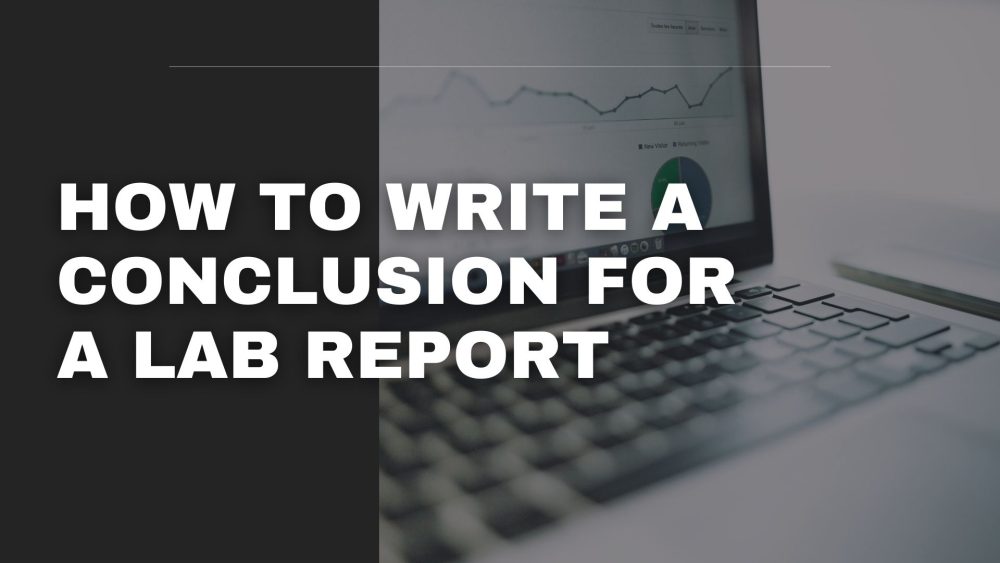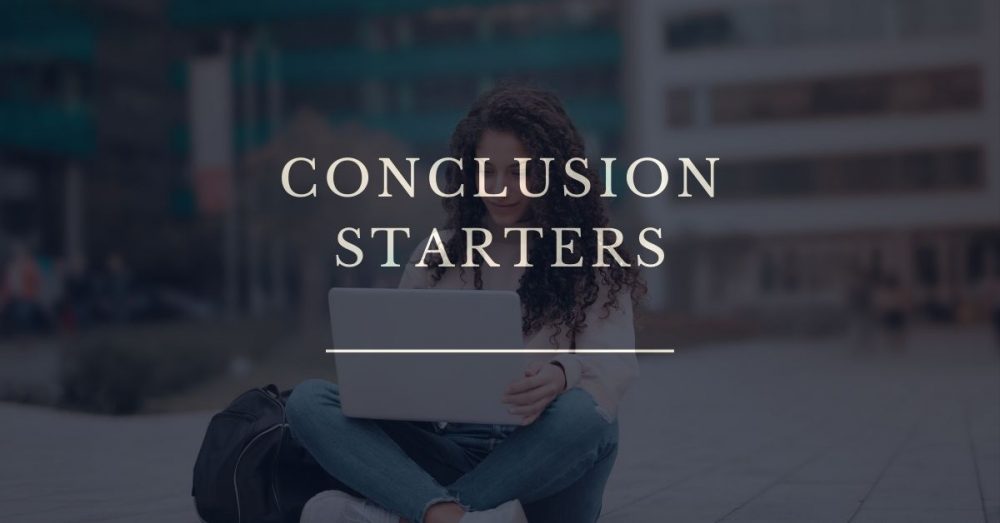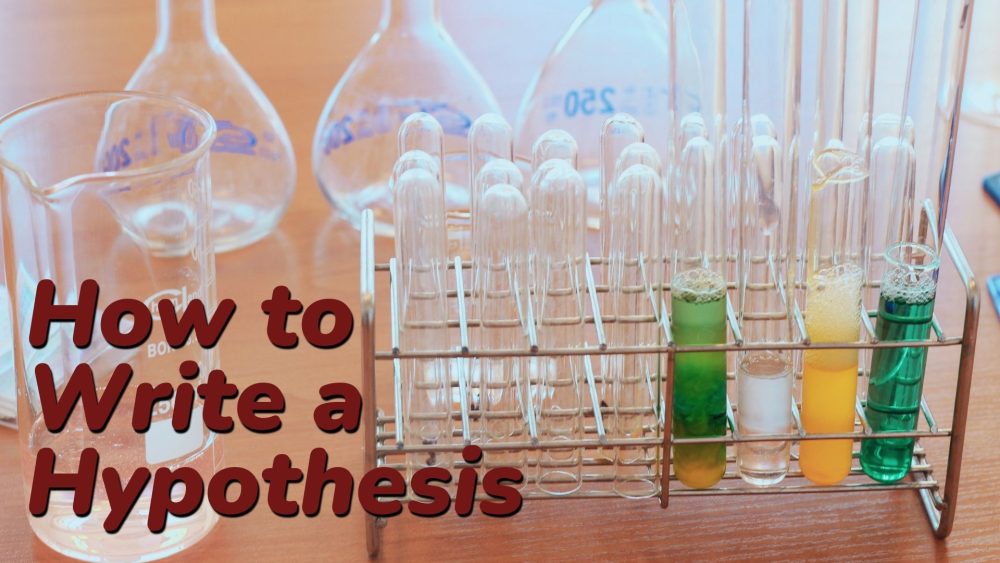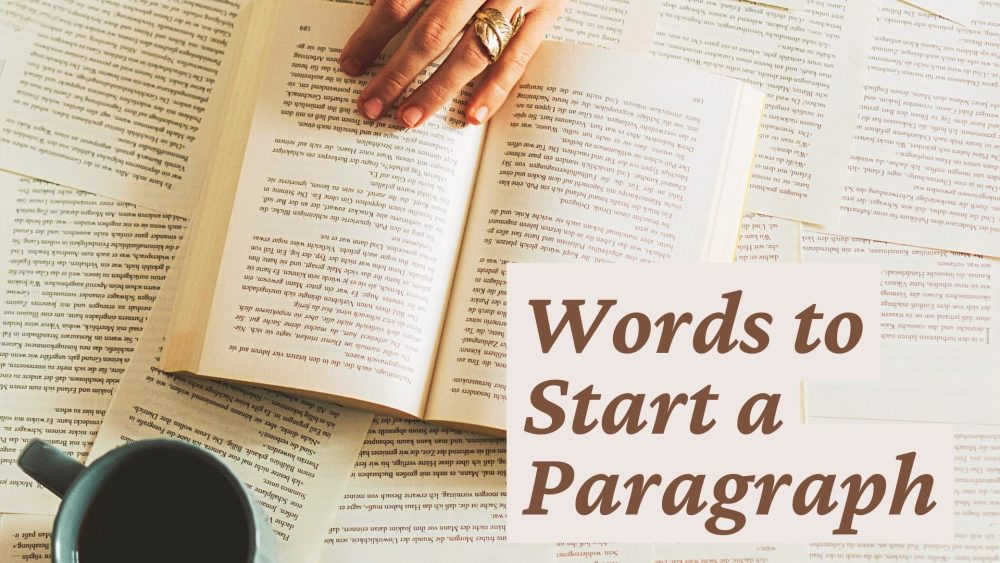What Is Conclusion Sentence: Your Informative Guide
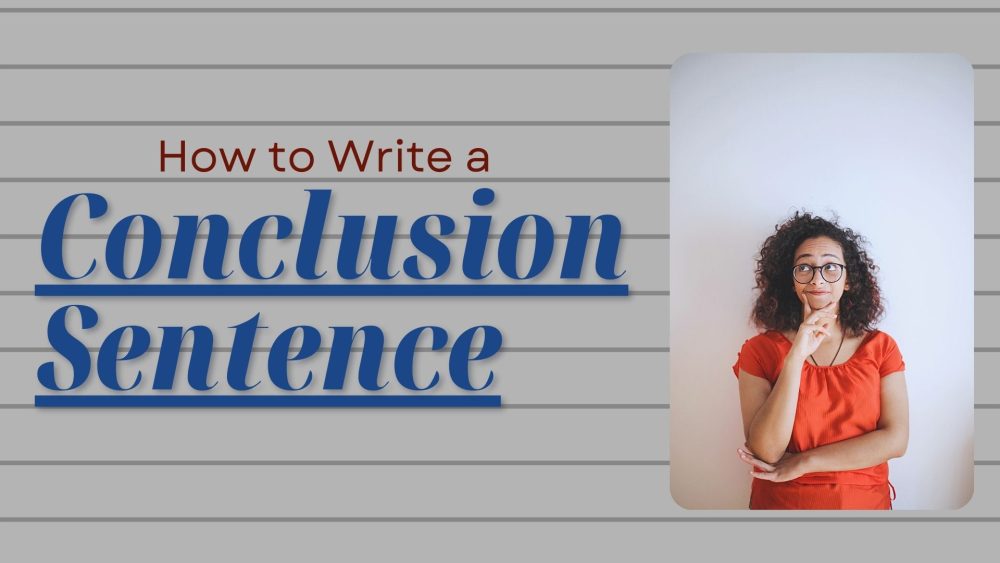
How do you summarize your essays or writings? Do you end them with a question, a round-up of what you have been writing about from the open paragraph to the last sentence, or present a new view of what you just wrote?
How do you end your articles? Exactly how do you a conclusion sentence? To better understand the question above, let us define a conclusion sentence.
Table of Contents
What Is A Conclusion Sentence?
Yes the first questions you’re probably wondering is what’s a conclusion sentence? Here’s a basic definition:
A conclusion sentence is a sentence that indicates the end of what you are writing. It is also known as a summary sentence, and this sentence should not have any new information.
So, it is important to think about the purpose your conclusion sentence serves. Is it just to repeat what you have already said?
Probably not. And you may not want to write something like:
In conclusion, that was three reasons dogs are the best pets ever.
While the above example may sound like an ending, it isn’t one you would be proud to show to your elite readers. Usually it’s a little difficult to do a conclusion in sentence, but it is very possible. Because that will probably be a repeat of what you have said all through your article already, so repeating it at the end is a waste of everybody’s time.
Importance Of Writing A Conclusion sentence
It is vital that you know how to write an effective in conclusion sentence so as to drive the final point home. It is essential for most written assignments, not just English homework assignments. To avoid wasting your time and that of your readers, when you write conclusion sentence it must meet do the following:
- Review the key points in a paragraph
- Restate the topic sentence
- Come at the end of a paragraph, and
- Not introduce a new idea or topic
Keep in mind that each conclusion sentence is different for every type of writing. So, if you’re writing something long and complicated and your reader needs a reminder at the end in just one sentence, then you don’t need to tell them what you just told them in your conclusion.
Instead, you should focus on something that has a better purpose than just summarizing what you already said. When writing a conclusion sentence you should answer the question, ‘So what?’ ‘So what?’ is the question you trigger in your reader’s mind in your opening paragraph. It’s a claim that the reader expects you can prove throughout your writing. They expect you to tell them why they should care, therefore, leaving them saying nothing, but “Oh, okay!”.
How To Write A Conclusion Sentence That Elicits An Emotion In Your Readers
Pardon, this idea is going to be a little bit silly, but one way to write a conclusion sentence is to get to this big, ‘so what?’ conclusion sentence fast. So, you must look at your current conclusion sentence and restate your topic sentence.
Other ideas for a conclusion sentence may include trying to ask a question at the end. Basically, asking your readers to apply knowledge to their own lives instead of just giving facts and then letting them take those facts and use them.
You can also try looking to the future, proposing a solution, using a Bible verse, quoting something or something, etc. These are all ways you can take your paragraph to a new place in the end.
Because the big idea of conclusions is always to bring your reader to a new place, not just restate what you’ve already said. Another way of looking at your conclusion sentence is to think about your paragraph as a trip with a destination, not a circle that ends where it started. You really want to take someone to a new, deeper, and better place by the end of your paragraph instead of circling back to where you started.
If you’re still asking yourself ‘how to write conclusion sentence’ then checkout the examples of how to start one below:
Examples Of Conclusion Sentence Starters
Now that you know what a conclusion sentence and some possible ways to bring your readers to a place where they can decide for themselves what to do with the new information you have presented, you should know a few pointers or examples on how to start your conclusion sentence. So, here are a few examples of how to write a conclusion sentence, specifically how to start one:
- In conclusion
- In other words
- Therefore
- As a result
- Overall
- In the end
- For this reason
- Lastly
- Finally
- Thus
- In general
Overall, your conclusion sentence should help you tie everything together by highlighting the details of the topic sentence in a way that brings your reader to a new place. All of these aspects should come together to create a great concluding sentence. Now when you write a concluding sentence, it will sound good and summarize well.
Different Types Of Conclusion Paragraphs
There are different types of conclusion paragraphs that students use for essays. The three most common types are the summarizing, editorial, and reflective conclusion paragraphs.
- Summarizing Conclusion Paragraph
A summarizing conclusion paragraph restates the main points of the essay in a concise way. It is not necessary to mention every point made in the essay, but rather highlights the most important ideas. This type applies when the essay has a clear thesis statement and body paragraphs that support it. A good example of this conclusive paragraph is:‘While there are different types of families, the most common type is the two-parent nuclear family. This type of family has many benefits for children, such as stability and financial security. However, it is not the only option for families and there are many different types of families that can be successful.’
- Editorial Conclusion Paragraph
This type offers the writer’s opinion on the topic of the essay. It is not necessary to agree or disagree with the thesis statement, but rather provides a conclusion based on the information presented in the essay. This type applies when the essay has a clear point of view. Look at the following editorial conclusion paragraph example:‘While there are many benefits to the two-parent nuclear family, it is not the only option for families. Other types of families, such as single-parent households or extended families, can also be successful. I believe that all types of families should be given the same opportunities and that no one type of family is better than another.’
- Reflective Conclusion Paragraph
A reflective conclusion paragraph asks the reader to reflect on the information presented in the essay. It is not necessary to agree or disagree with the thesis statement, but rather provides a conclusion based on the information presented in the essay. This type of conclusion paragraph is common when the essay has a personal tone. A good example of a reflective conclusion is:‘When I was reading about the different types of families, I couldn’t help but think about my own family. My parents got divorced and I live with my mom, but I also have a lot of contact with my dad. I think that my family is really representative of the changing family structure in America. I’m interested to see how my family will change as I get older and if my siblings will also have different types of families.’
The conclusion paragraph examples stated above help understand the three most common types of conclusion paragraphs for essays.
Conclusion Paragraph Example
Sometimes it can be daunting to write the conclusion paragraph example. You want to restate your ideas, but not sound like you’re simply copying and pasting from the body of your work. However, browsing the internet for a conclusion paragraph sample can give you a good starting point. Such conclusion examples are a good example in showing you the key elements of a conclusion, such as a recap of your points or a call to action.
It can safely be said that many of the threats and tasks identified in the short version of the National Defense Strategy of 2018 are similar to the previous strategies. Nevertheless, the priorities have changed dramatically. The 2018 strategy calls regional strategic competition the leading national security issue instead of terrorism and mentions a long-term strategic competition between the United States and its main opponents – China and Russia. This policy coincides with the position of the National Security Strategy and is supported by other critical strategic documents of the United States. Dangerous relations between the United States and China, which can quickly develop into conflicts, are not in the interests of the states. As one person, or a separate unit, it will be difficult to change these relations from the American side and even harder to do so on both sides. The current generation of strategists should find new opportunities for today’s leaders of the two countries. What tomorrow’s leaders can count on depends on it.
Need Help Writing Concluding Sentence?
Still wondering how to write concluding sentences? Well, that shouldn’t discourage you. If you’re really struggling than you can always refer to writing services. Our homework help service employs the best pros and experts that speak and write English on a native level. Now you can get a nerd for hire at affordable prices. Worry not, for your assignment will be complete. Just get in touch with our customer support and let them know.
